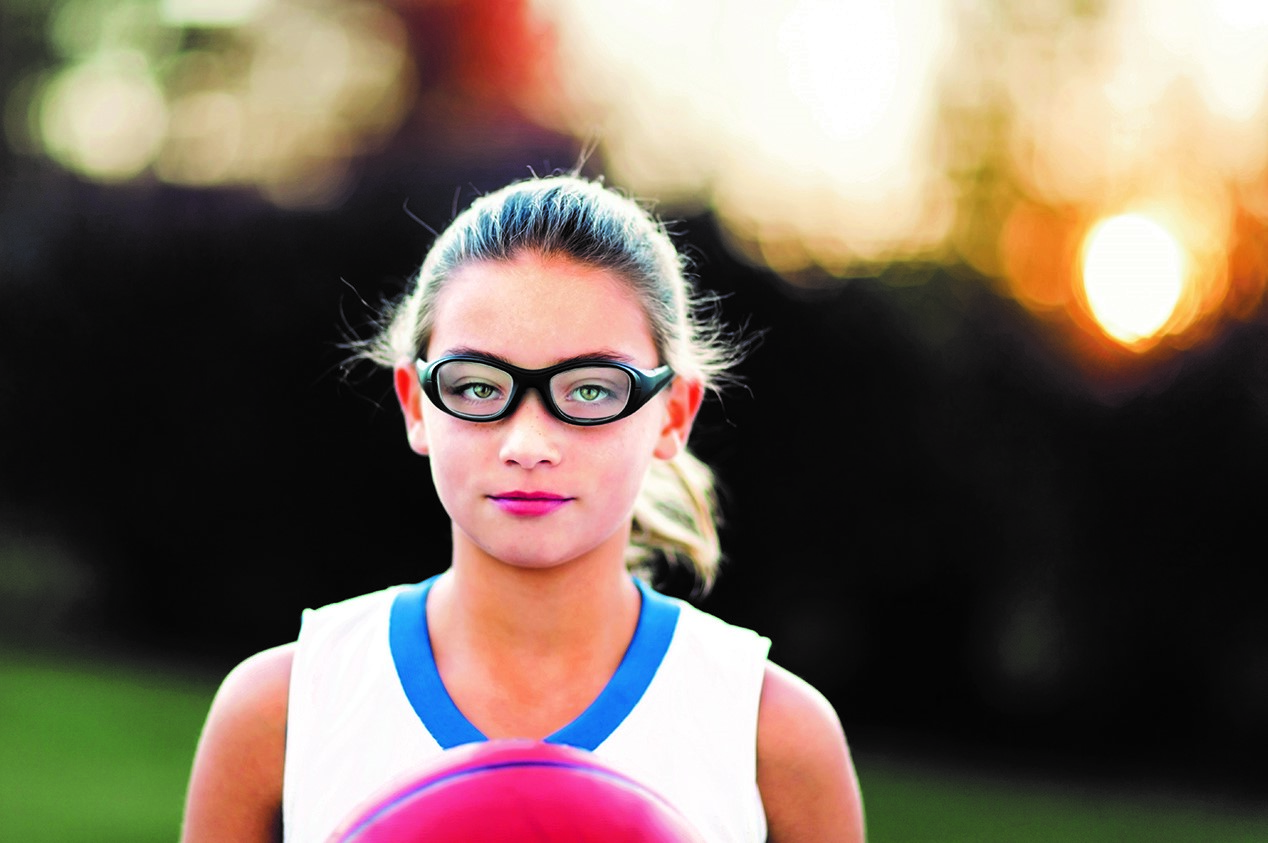Playing sports can be beneficial to athletes’ physical and mental health. American College of Sports Medicine researchers found that middle school students who play sports perform better academically. However, participating in sports comes with certain risks, including the potential to cause harm to parts of the body, including the eyes. The American Academy of Ophthalmology says 30,000 sports-related eye injuries are treated in U.S. emergency rooms yearly. Ninety percent of serious eye injuries can be prevented by wearing protective eyewear.
Different activities put the eyes at varying levels of risk, with some sports a higher risk than others. Sports requiring a bat, racquet, ball, or puck are high risk for eye injuries, as are contact sports like football, rugby, and mixed martial arts. Gymnastics, cycling, and swimming are low risk for eye injury. Here’s a closer look at eye injuries and sports, and how to avoid them.
Basketball. Basketball causes the most sports eye injuries in the U.S., beating out baseball, softball, pellet guns, racquetball, and hockey. Polycarbonate, shatterproof lenses can help prevent eye injuries when playing basketball and other sports, but should be tested to meet the American Society of Testing and Materials (ASTM) or CSA racquet sports standards.
Blindness. Full-contact martial arts and boxing pose an extremely high risk of serious eye injury, including blindness. There is no satisfactory eye protection for these sports, though thumbless gloves may reduce the risk in boxing.
Face shield. Wearing a helmet with a full plastic face shield when playing sports such as hockey or football can help prevent eye injury.
Athletes should get an eye exam and discuss risks and preventative measures with their physicians prior to playing.












